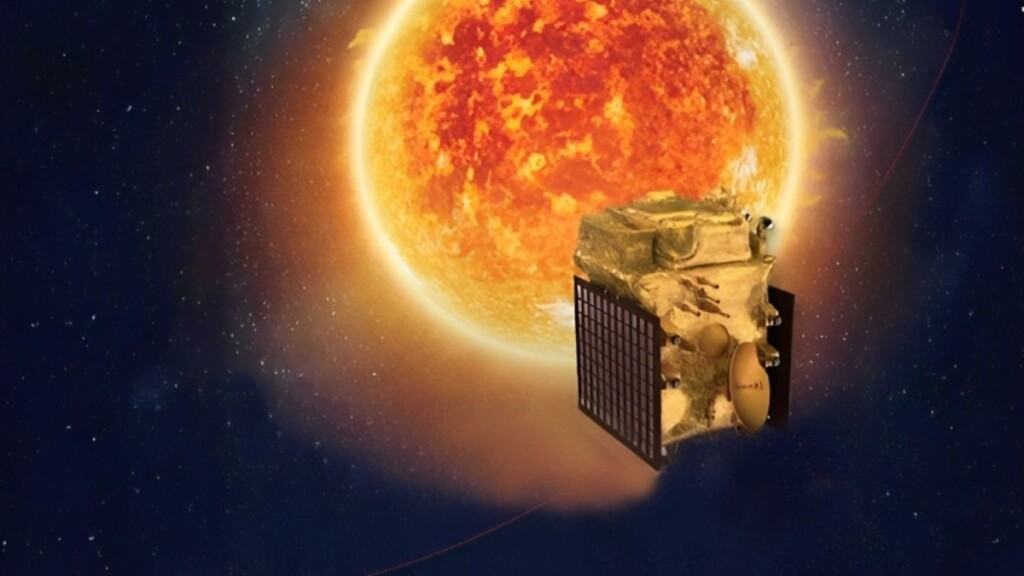ISRO announced that the Aditya Solar wind Particle Experiment (ASPEX) payload on board India’s Aditya-L1 satellite has successfully begun its operations and is functioning as expected. The ASPEX consists of two instruments, namely the Solar wind Ion Spectrometer (Swis) and the SupraThermal and Energetic Particle Spectrometer (Steps). The Steps instrument became operational on September 10, 2023, while the Swis instrument was activated on November 2, 2023, and has demonstrated excellent performance.
Swis operates using two sensor units, each with a 360-degree field of view, that work in planes perpendicular to one another. As per ISRO, the instrument has successfully measured solar wind ions, primarily protons and alpha particles. A sample energy histogram obtained from one of the sensors over two days in November 2023 shows variations in proton (H+) and alpha particle (doubly ionised helium, He2+) counts. These variations were recorded with nominal integration time, providing a comprehensive snapshot of solar wind behaviour. The directional capabilities of Swis allow for precise measurements of solar wind protons and alphas, which significantly contribute to answering long-standing questions about solar wind properties, underlying processes, and their impact on Earth. According to ISRO, the observed change in the proton and alpha particle number ratio by Swis holds the potential to provide indirect information about the arrival of Coronal Mass Ejections (CMEs) at the Sun-Earth Lagrange Point L1.
The passage of an interplanetary coronal mass ejection (ICME) on L1 is often indicated by the increased alpha-to-proton ratio, which is considered a sensitive marker. This ratio holds significant importance in space weather studies.
On September 2, India successfully launched its first dedicated solar mission, Aditya-L1, from the Satish Dhawan Space Center (SDSC) located in Sriharikota island, Andhra Pradesh.
Having traveled approximately 1.5 million km from Earth within a span of 125 days, the spacecraft is anticipated to enter a halo orbit around L1. L1 is recognized as the Lagrangian point that is closest to the Sun.
Recently, S Somnath, the chief of ISRO, stated that the Aditya L1 spacecraft is approaching its final stage. The process of reaching the L1 point is projected to be finalized by January 7, 2024.
